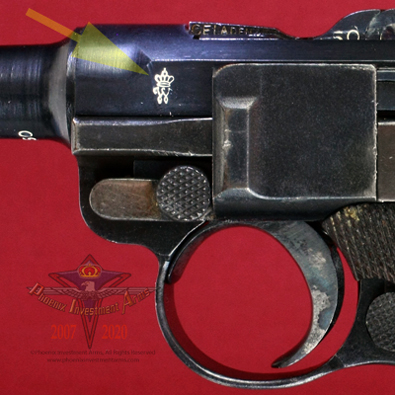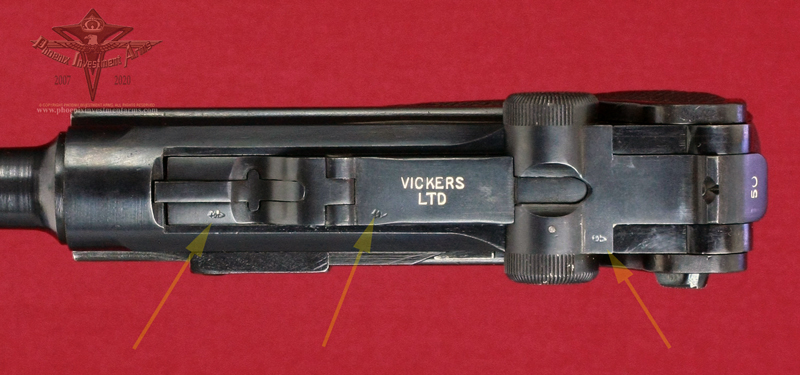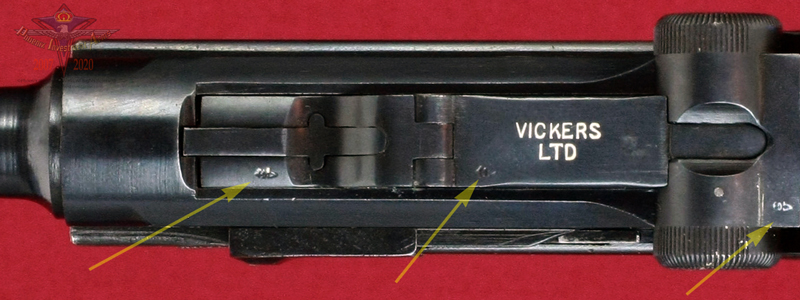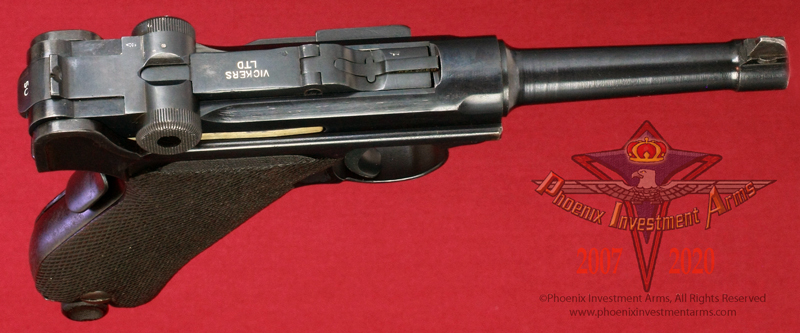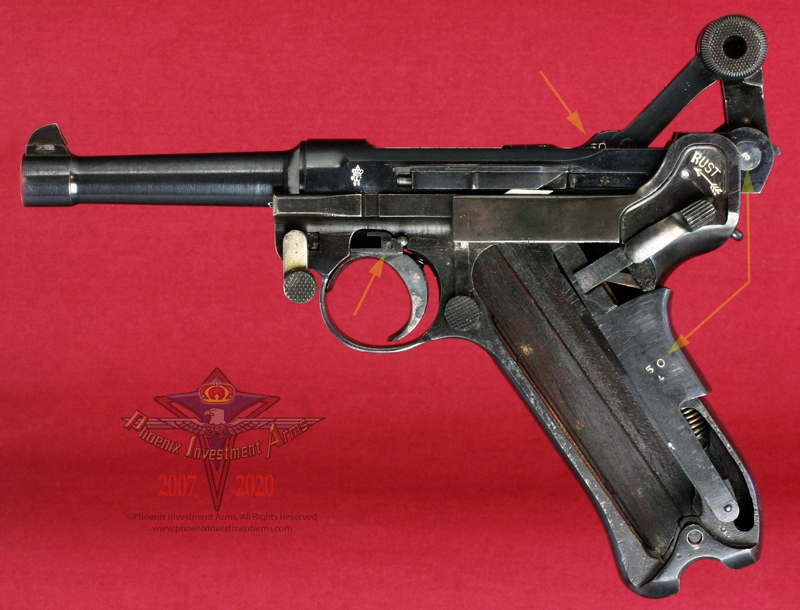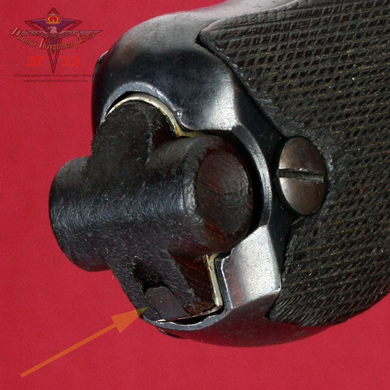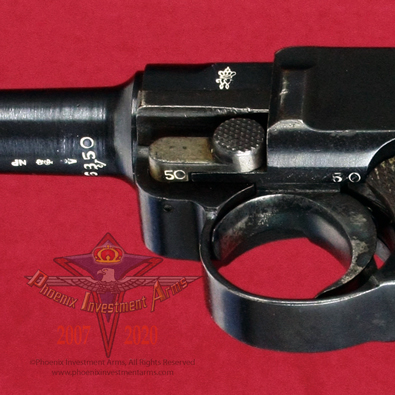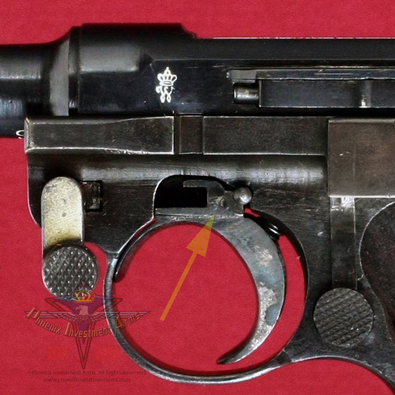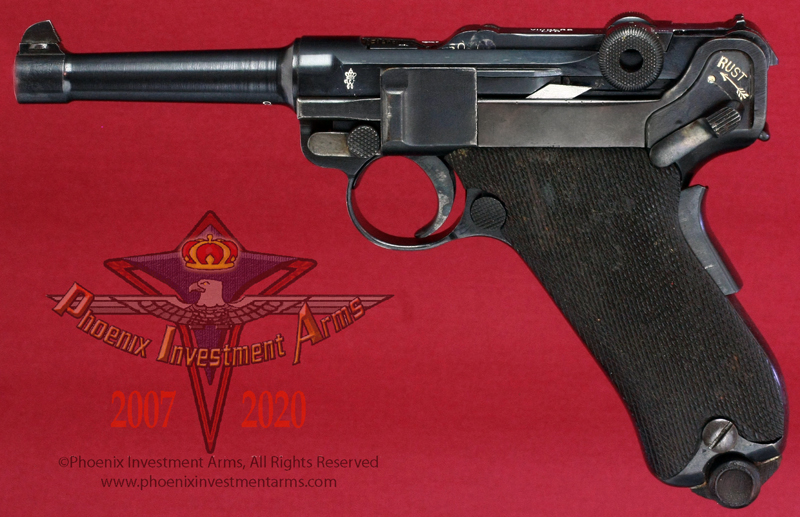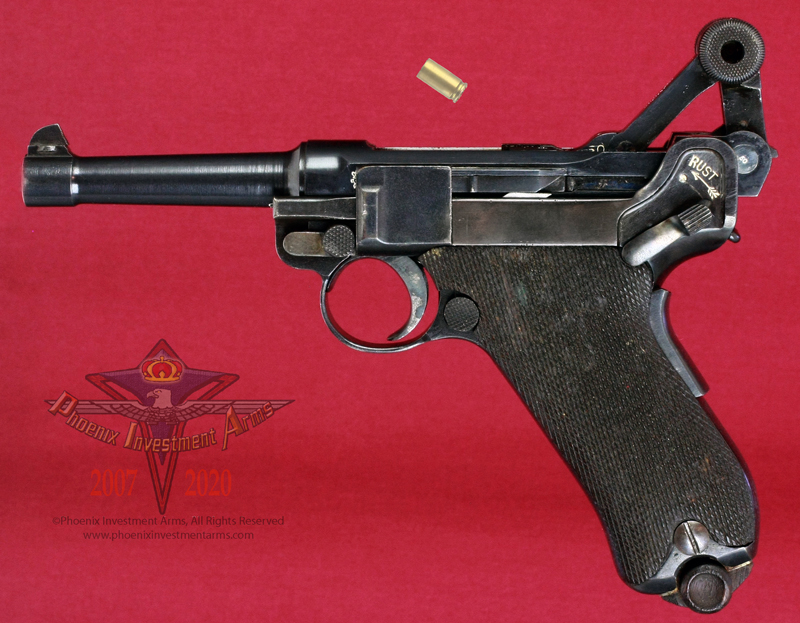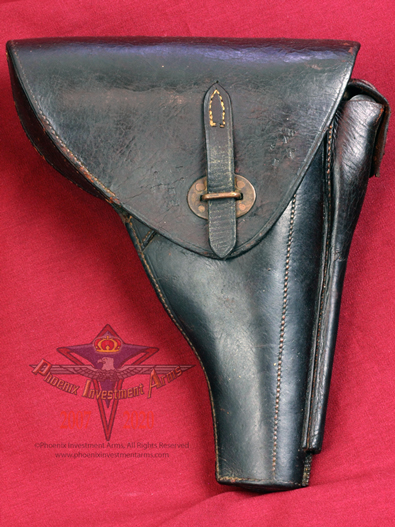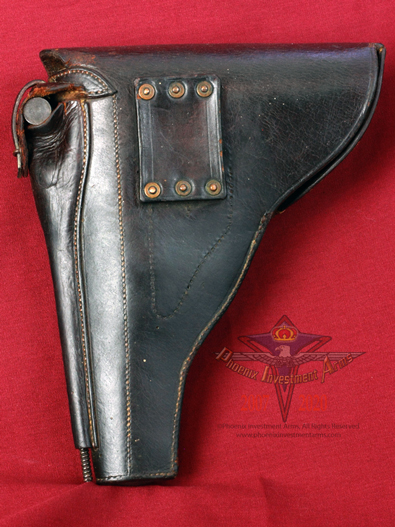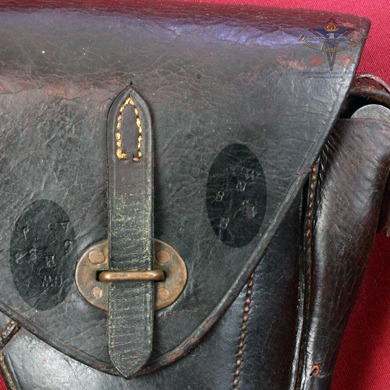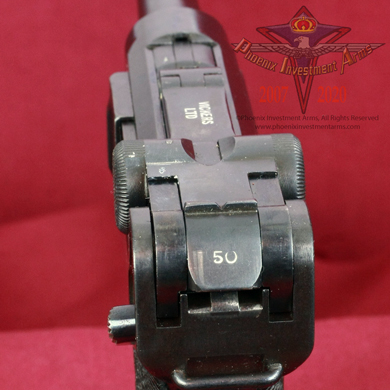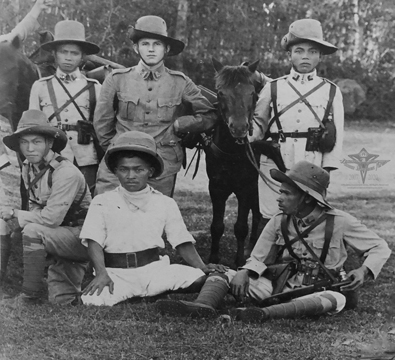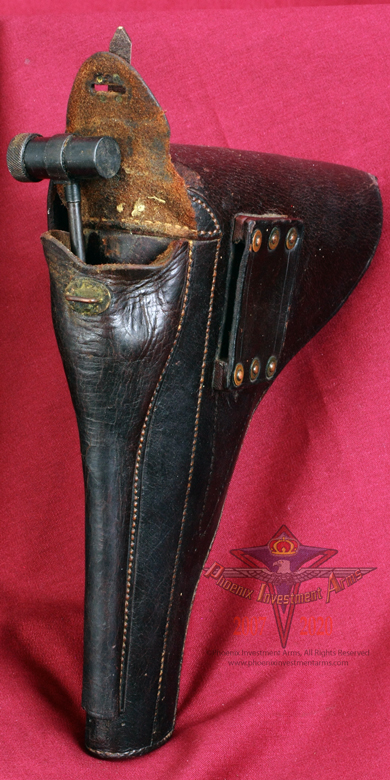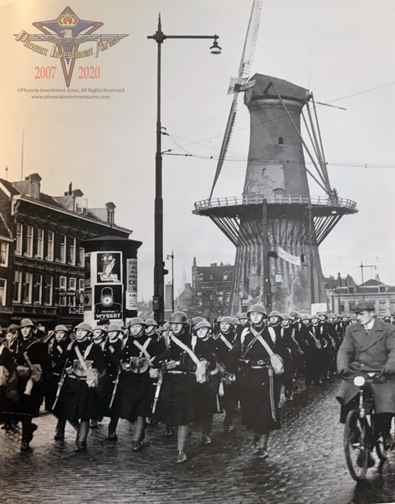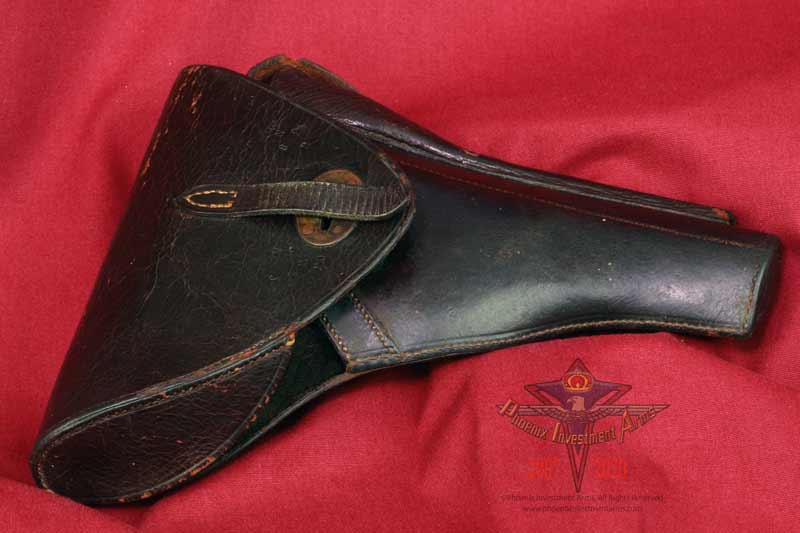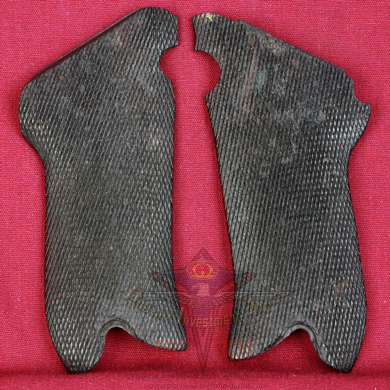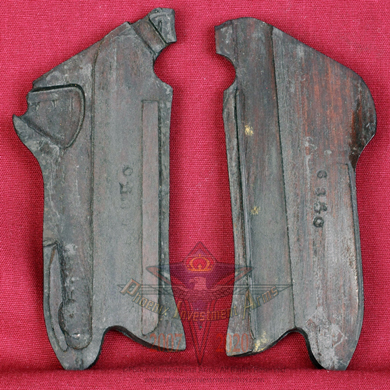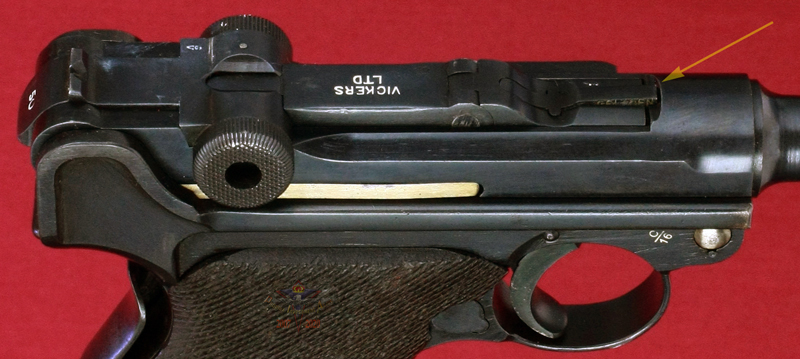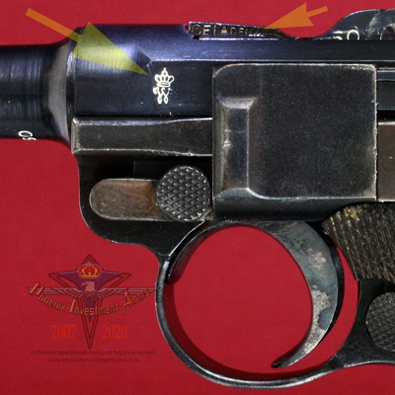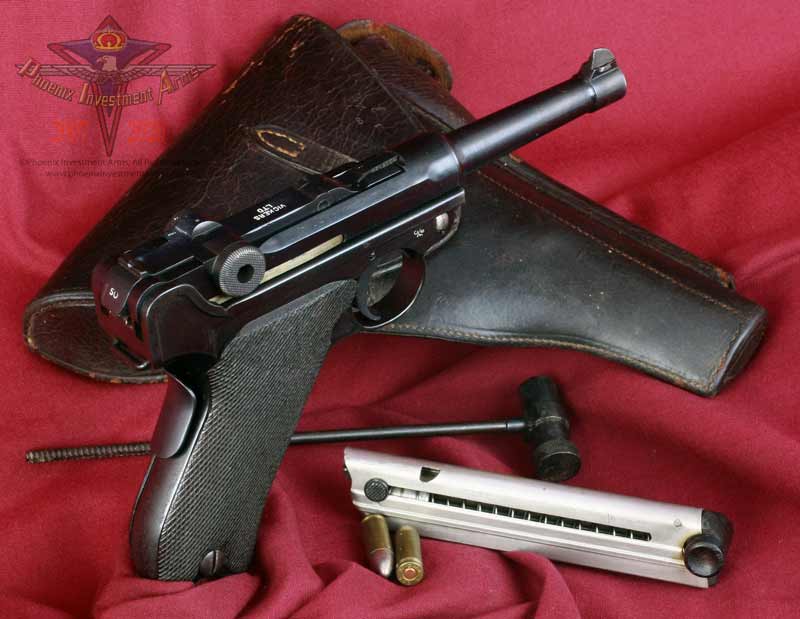PHOENIX INVESTMENT ARMS -
PREMIUM COLLECTOR LUGERS
Genuine German
Luger - Largest Variety of Lugers Offered
Home | Post WWI DWM | Erfurt Lugers | Mauser | Simson Suhl | Krieghoff | Vickers, Ltd | Swiss Bern | Other Guns
Bottom of Page
|
Known as the M11 by the Dutch first contract consumated in 1911 with DWM. Basically a 1906 Parabellum with the "RUST" Dutch "Safe", double-sided 'GELADEN' on the extractor and usually the Javanese-grips were significantly courser than the DWM made at the Geweermakersschool in Bavaria. These 'commercial type' 1906 models were adopted to the Dutch requirements and finally assembled by Vickers in 1922 for delivery during the period of restrictions of the Treaty of Versailles. (2173) |
|
|
|
NOTE: Photographs taken today with the high mega-pixel camera show more than we sometimes can see with the human eye. Magnified close-ups show us tool marks and natural surface conditions that one normally doesn't see in the ordinary handling of the weapon. Photographs are copyrighted, all rights reserved, any extraction, reproduction or display of gun pictures without the express consent of the Phoenix Investment Arms is strictly prohibited. Thank you for your cooperation. Please visit Legal (tabbed) for Conditions of Sale. |
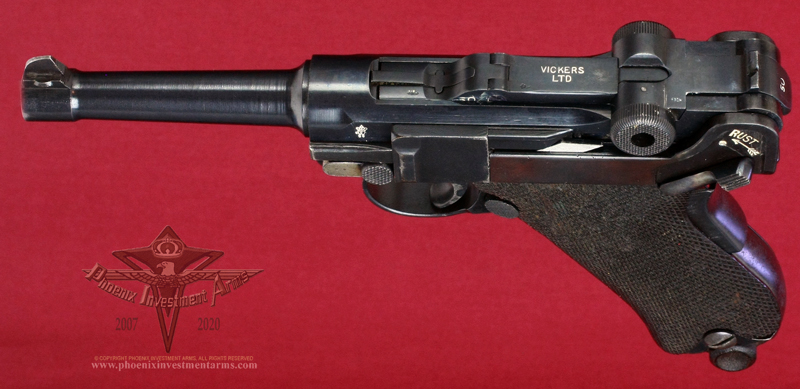
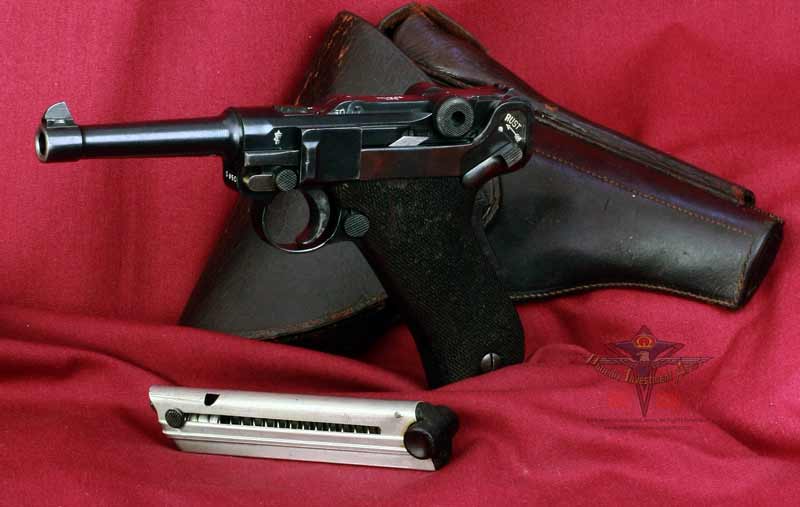
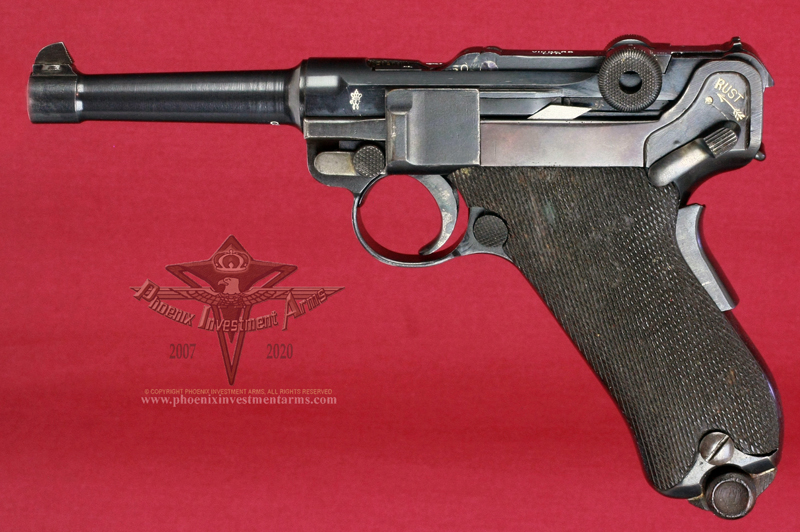
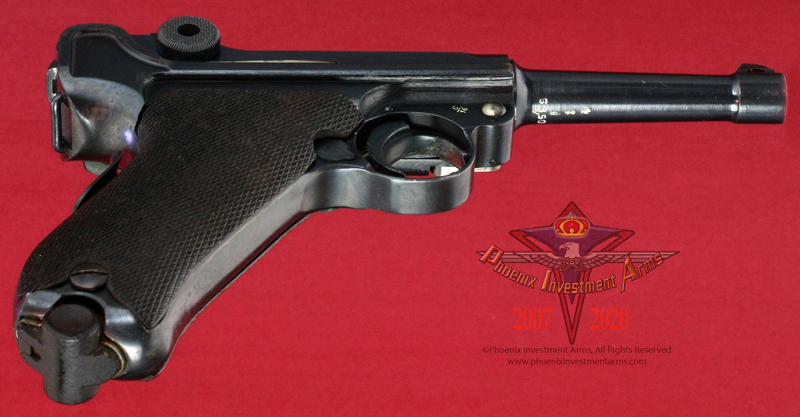
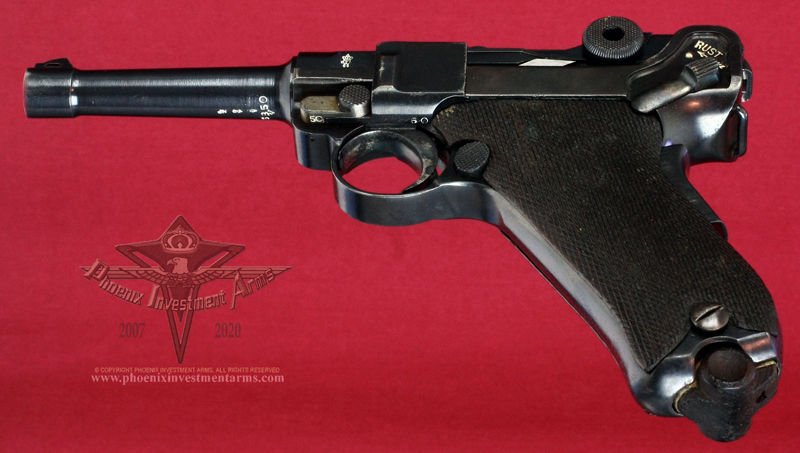

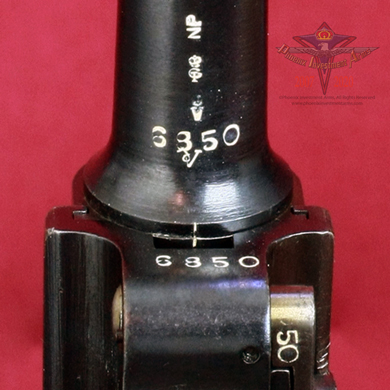
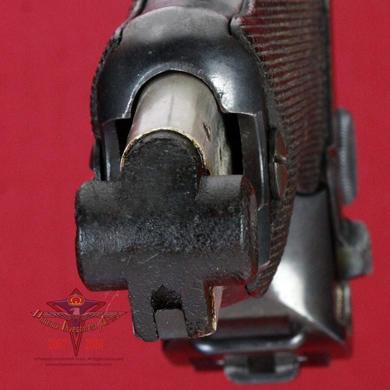
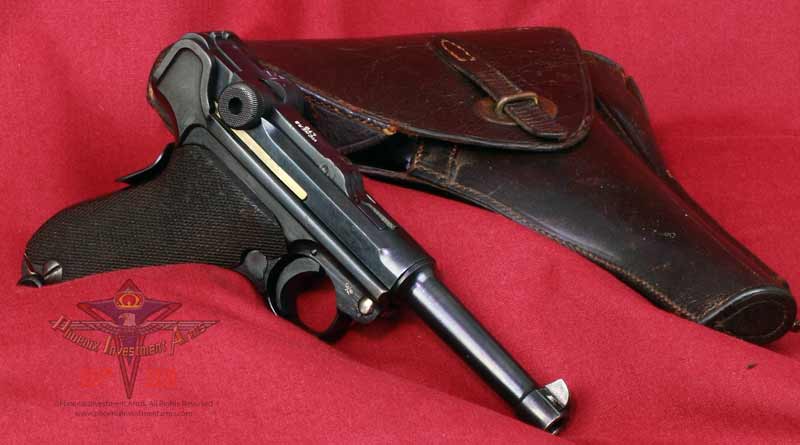
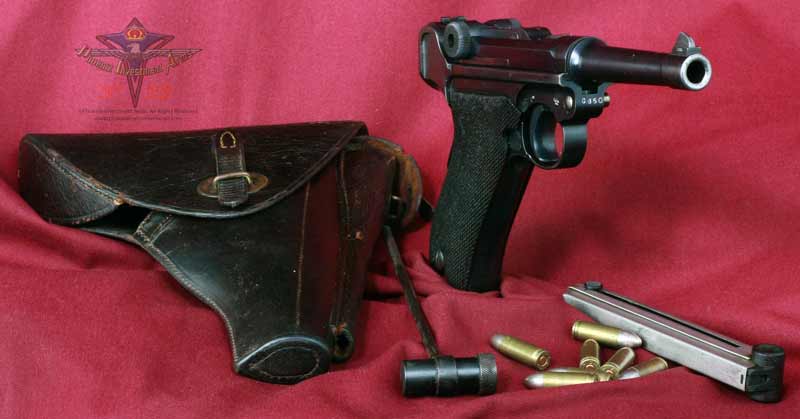
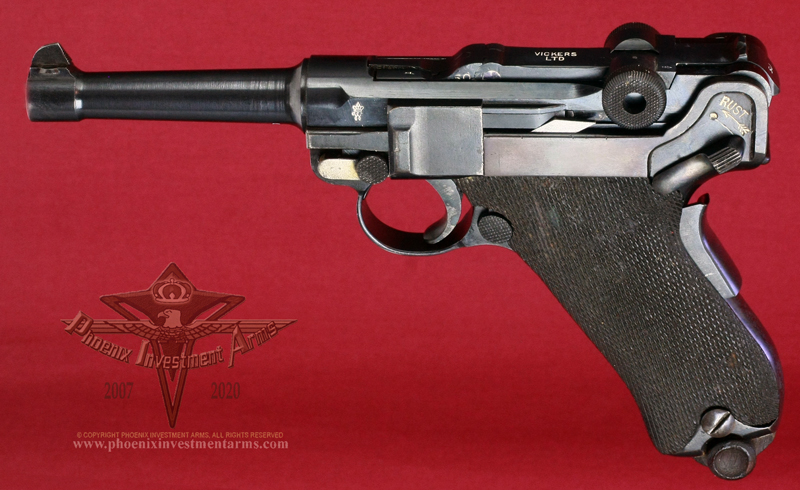
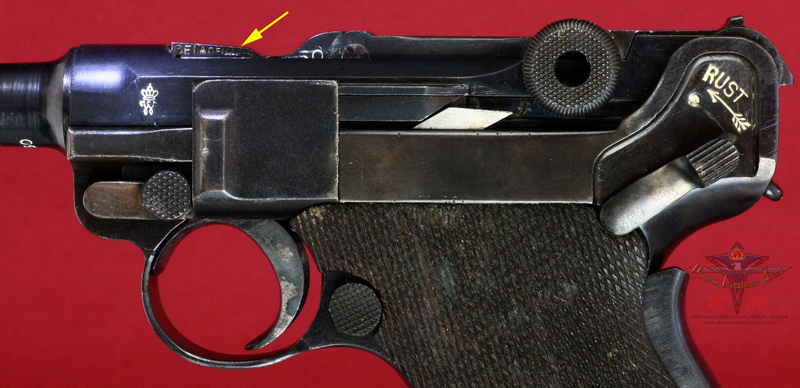
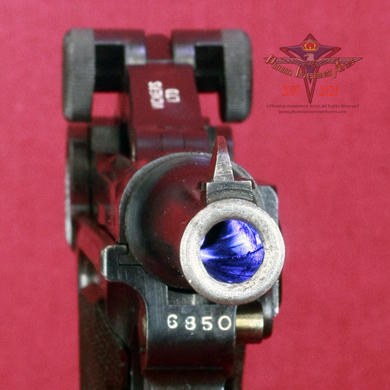
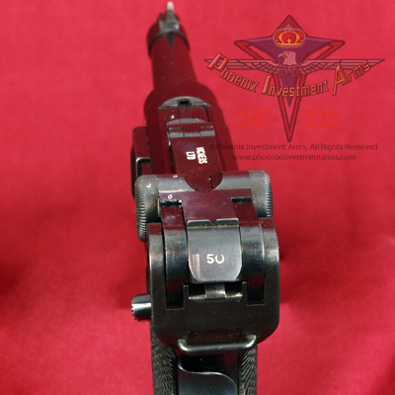
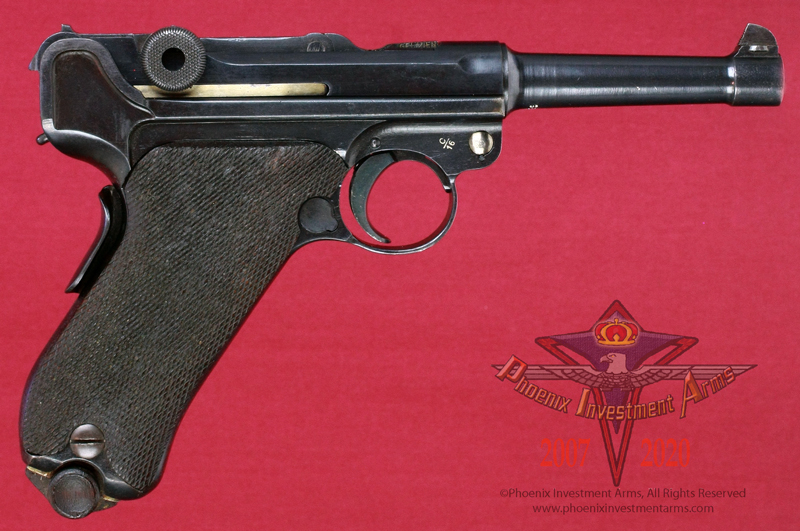
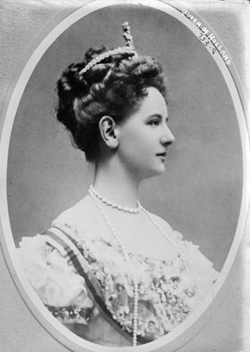 Queen Wilhemina: Although the Netherlands remained neutral during World War I sizeable German investments in the Dutch economy combined with a large trading partnership in goods forced the United Kingdom to blockade the Dutch ports in an attempt to weaken the Germans. The Dutch government traded with Germany in response and German soldiers were given for their rations before an assault. Wilhemina was a 'soldier's queen', being a woman, she could not be Supreme Commander, but she nevertheless used every opportunity she had to inspect her forces. On many occasions she
appeared without notice, wishing to see the reality, not a prepared show.
She loved her soldiers, but was very unhappy with most of her governments,
which used the military as a constant source for budget-cutting.
Wilhelmina wanted a small, but well trained and equipped army. However,
this was far from the reality. In the war, she felt she was a
"Queen-On-Guard." She was always wary of a attack,
especially in the beginning. However, violation of Dutch territorial sovereignty came by both Britain and the United States, who,
with the blockade, captured many Dutch trade cargo ships in an attempt to
disrupt the German war effort. This led to increased tensions between the
Netherlands and the Allied forces.
Queen Wilhemina: Although the Netherlands remained neutral during World War I sizeable German investments in the Dutch economy combined with a large trading partnership in goods forced the United Kingdom to blockade the Dutch ports in an attempt to weaken the Germans. The Dutch government traded with Germany in response and German soldiers were given for their rations before an assault. Wilhemina was a 'soldier's queen', being a woman, she could not be Supreme Commander, but she nevertheless used every opportunity she had to inspect her forces. On many occasions she
appeared without notice, wishing to see the reality, not a prepared show.
She loved her soldiers, but was very unhappy with most of her governments,
which used the military as a constant source for budget-cutting.
Wilhelmina wanted a small, but well trained and equipped army. However,
this was far from the reality. In the war, she felt she was a
"Queen-On-Guard." She was always wary of a attack,
especially in the beginning. However, violation of Dutch territorial sovereignty came by both Britain and the United States, who,
with the blockade, captured many Dutch trade cargo ships in an attempt to
disrupt the German war effort. This led to increased tensions between the
Netherlands and the Allied forces.

